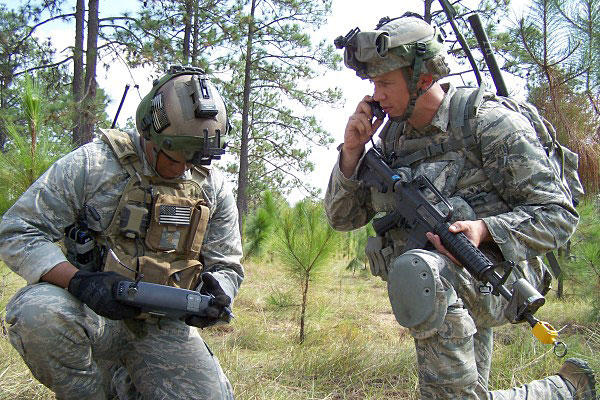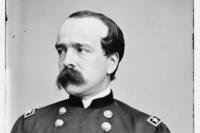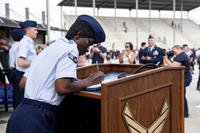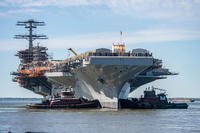The U.S. has executed airstrikes against strategic ISIS targets without the joint terminal attack controllers (JTACs) that pilots usually depend on to pinpoint those strikes.
U.S. and coalition commanders have had to depend more on a laptop device called the ROVER, short for Remote Operated Video Enhanced Receiver, that offers U.S. advisers a view of potential targets from the sensors mounted under drones and fixed-wing aircraft flying in the area.
Army Gen. Martin Dempsey, the chairman of the Joint Chiefs of Staff, made brief reference to the ROVER in praising its effectiveness in directing airstrikes on Islamic State of Iraq and Syria (ISIS) militants during the Kurdish peshmerga's and Iraqi Army's recapture of the Mosul Dam.
A Defense Department official would not comment on whether ROVERs were being used to counter the ISIS siege of the northern Syrian town of Kobani, but said the devices had not been supplied to local forces in either Syria or Iraq.
In Sept. 16 testimony to the Senate Armed Services Committee, Dempsey said that U.S. advisers in a Joint Operations Center in the Kurdish capital of Irbil used the ROVERs to view real-time video feeds from drones circling the Mosul dam area and then select targets for the drones and attack aircraft.
"So on the ground, we had the peshmerga and we had the counter-terrorist service from the Iraqi Security Forces," Dempsey said. "And then in an operation center in Irbil, we had our own folks, using Predator feeds and a system we call the ROVER to be able to help the Iraqis manage the battle on the ground."
The operation was complex, involving coordination in Kurdish, Arabic and English, but "we worked through it," Dempsey said.
"As we did, we learned some things about how to use advisers from remote locations," Dempsey said.
"I am not saying this will work every place, every time, but we pulled that mission off, and I think it's a good template for the future," Dempsey said when questioned on how the U.S. could conduct airstrikes effectively without JTACs on the ground.
The initial Rover system was developed in 2002 but was unwieldy and had to be carried in a Humvee. Air Force technicians later developed a 12-pound Rover that could be carried in a backpack.
The laptop-like devices with a long antenna can interface with drones and a wide variety of aircraft to draw down real-time video. The ground controller can draw on the screen to circle targets and send that information back to the drones and aircraft overhead.
A week after Dempsey's Senate testimony, Army Lt. Gen. William Mayville, the Pentagon's director of operations, referred to the ROVERs in giving an update on the air campaign without mentioning the system by name.
"There are other ways to deliver precise munitions than putting a JTAC forward," Mayville said in a Sept. 23 Pentagon briefing.
Having troops on the ground to spot targets was "obviously something that we prefer to do when collateral damage or concerns about precision in a closed environment, in an urban environment, when there is a convergence of forces in play," Mayville said.
"There's obviously a desire to put something on the ground, but we don't always have to strike with JTACs forward," Mayville said. "We've been doing this very successfully thus far. We've been able to provide air support without putting forces forward, and I think we will continue to look at how we can do that as we move forward."
In a White House telephone conference Sunday on the airstrikes and airdrops around Kobani, senior administration officials noted the painstaking methods that were being used to pick targets, but they declined to give specifics.
"What I can tell you is that we use various sources of information at our disposal to make sure that our airstrikes are as precise and as effective as possible," said a senior administration official, speaking on grounds of anonymity.
"And it would not be prudent for us to talk about the various ways that we go about getting the information that we do. But that's as far as I think I'm going to go," the senior official said.
-- Richard Sisk can be reached at Richard.sisk@military.com.




























